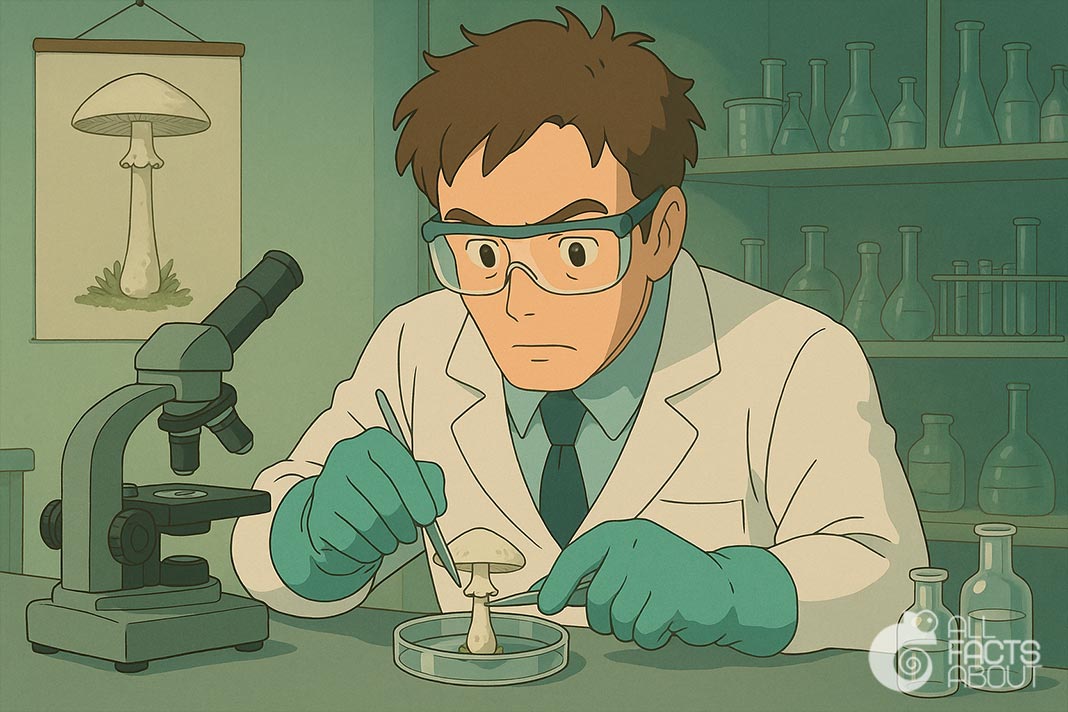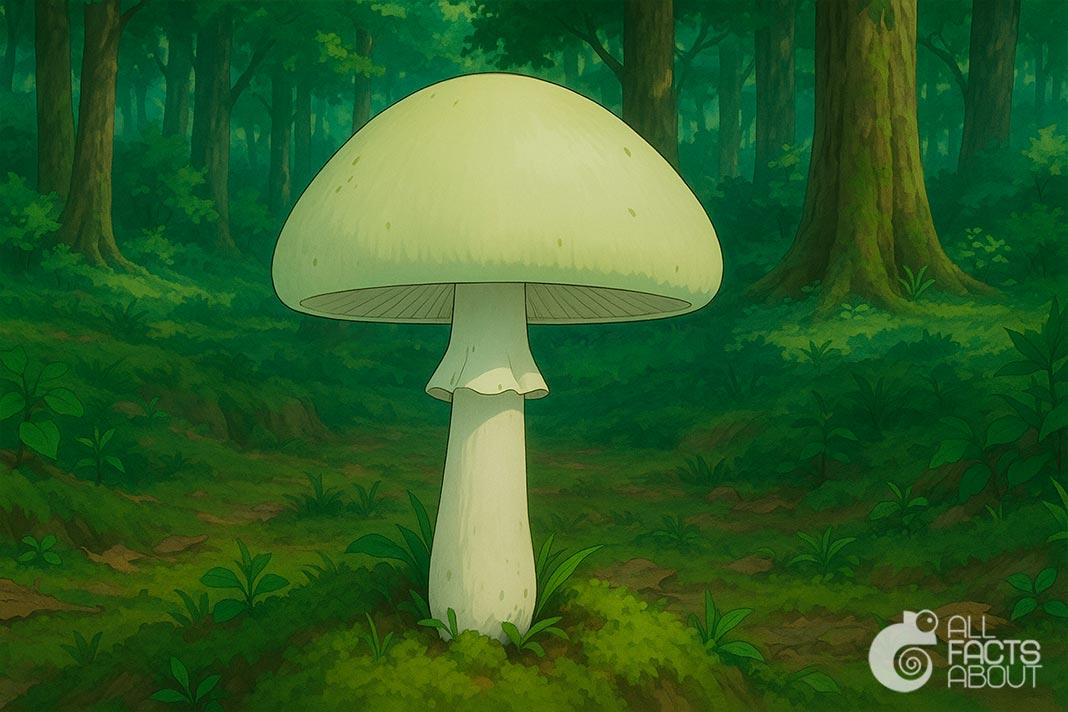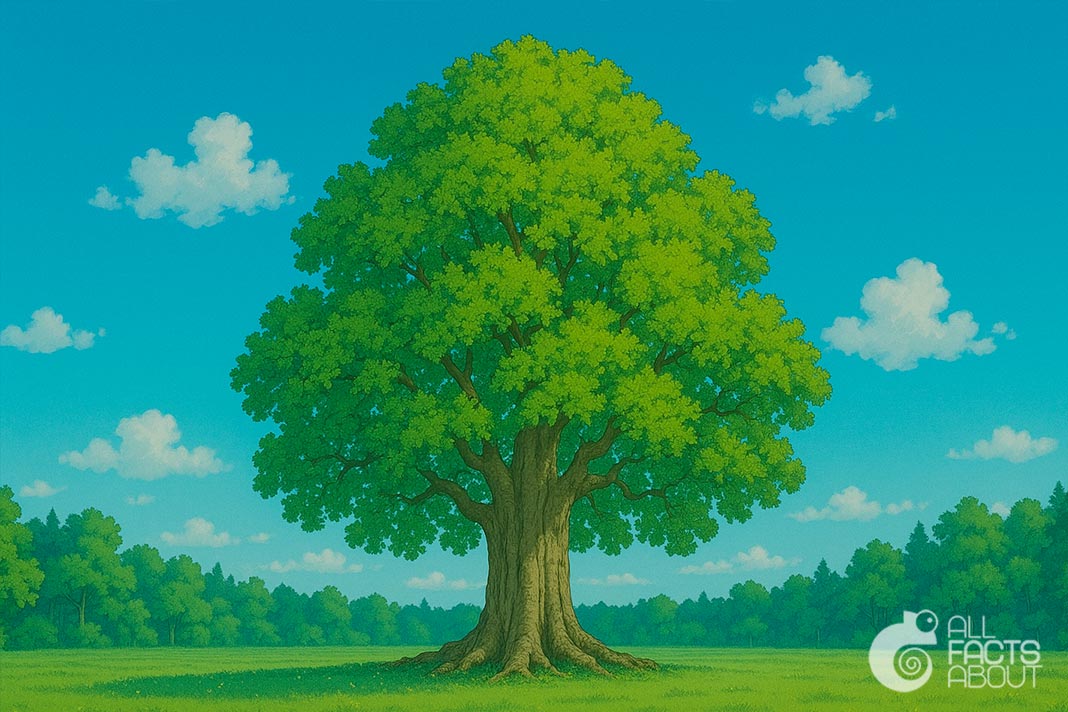Mysterious and highly toxic, Death Cap mushrooms (Amanita phalloides) have captivated scientists, foragers, and nature lovers alike. Known as some of the most dangerous poisonous fungi, they serve as a powerful reminder of nature’s hidden threats and intriguing complexity. Discover the most interesting and alarming facts about these toxic mushrooms.
1. The death cap mushroom (Amanita phalloides) is responsible for the majority of fatal mushroom poisonings worldwide, making it one of the deadliest mushrooms found in the wild.
2. Death cap mushrooms may appear harmless, often resembling edible varieties since their colors can range from white to green, yellow, or even brownish tones. They are frequently mistaken for champignons (Agaricus campestris) or straw mushrooms (Volvariella volvacea), which can result in accidental poisonings.
3. These mushrooms are native to Europe, but due to human activities such as trade and the transplantation of trees, they can now be found in North America, Australia, and even parts of Asia. For example, they were introduced to North America with the roots of trees like the cork oak.
4. Death cap mushrooms release millions of microscopic spores that disperse through the air, enabling them to colonize new areas far from their original habitat.
5. Death caps grow near trees. They form mycorrhizal relationships with the roots of broadleaf trees like oaks, chestnuts, and beeches, appearing in the same spots year after year during the mushroom season.
6. In Europe, where the death cap mushroom is native, it has acquired various local names that reflect its deadly reputation, such as "green death" in Germany and Denmark, and "mushroom of death" in Italy.
7. The scientific name of the death cap is Amanita phalloides. It belongs to the Amanita genus, which also includes other toxic species such as the destroying angel, making this group particularly feared by mushroom hunters.

Even minimal doses of toxins from Death Cap mushrooms are lethal.
9. Just one bite can be fatal. The pale toadstool contains deadly amatoxins that destroy liver and kidney cells, often leading to organ failure. As little as 30 grams can be lethal to an adult.
10. Symptoms of mushroom poisoning do not appear immediately. The first signs, such as vomiting, diarrhea, and cramps, may not appear until 6–24 hours after ingestion, and by then, serious organ damage may have already occurred.
11. There is currently no antidote for death cap poisoning. Treatments focus on supporting the body and minimizing toxin absorption. In some cases, survivors of death cap poisoning have required liver transplants to stay alive.
12. The amatoxins contained in the death cap mushroom are heat-stable, which means that cooking or drying does not reduce their toxicity. Even well-cooked specimens remain just as deadly as raw ones.
13. Some animals are immune to death caps. Squirrels, slugs, and certain insects can consume these mushrooms without harm, but their resistance doesn’t mean the mushrooms are safe for humans.
14. Despite their deadly reputation, death caps play an important ecological role by forming symbiotic relationships with trees, aiding nutrient exchange in forest ecosystems.
15. Some old European myths say the death cap grows where witches once gathered, adding a mystical and spooky aura to its deadly nature.




